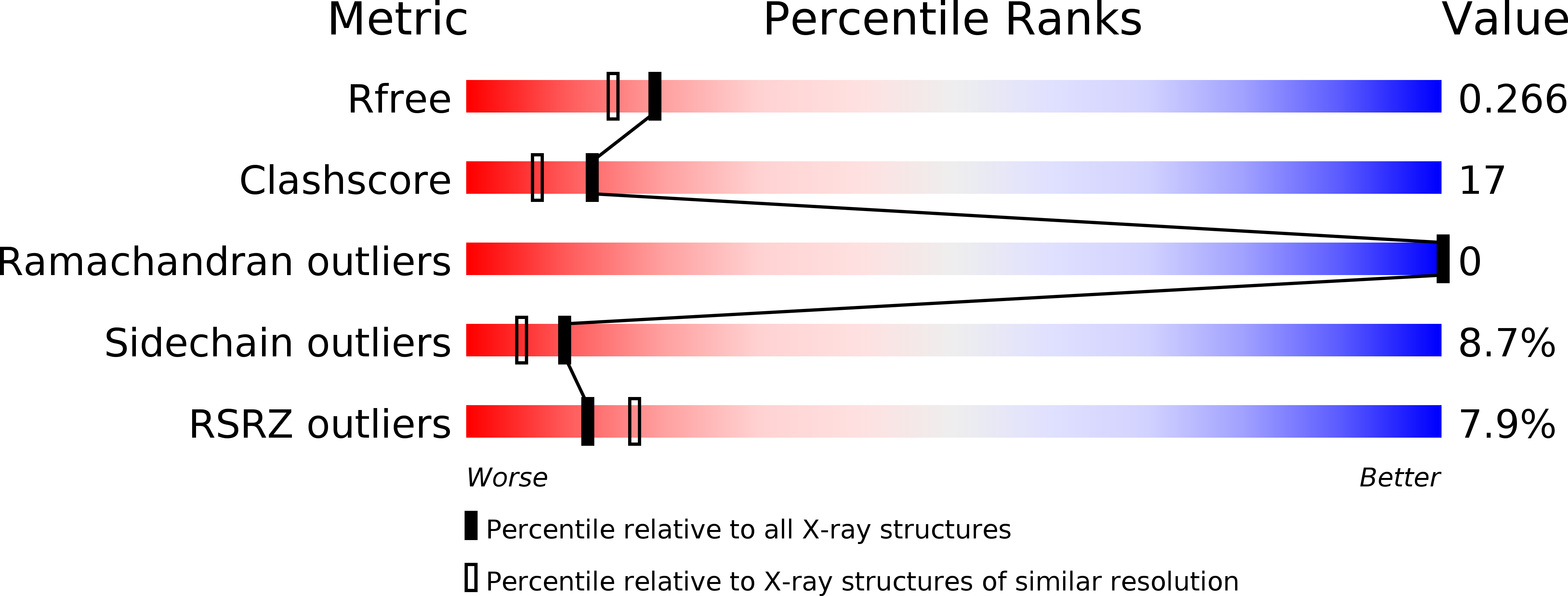
Deposition Date
2013-10-16
Release Date
2014-02-19
Last Version Date
2023-11-15
Entry Detail
PDB ID:
4N7Y
Keywords:
Title:
Crystal structure of 14-3-3zeta in complex with a 8-carbon-linker cyclic peptide derived from ExoS
Biological Source:
Source Organism:
Homo sapiens (Taxon ID: 9606)
Pseudomonas aeruginosa (Taxon ID: 287)
Pseudomonas aeruginosa (Taxon ID: 287)
Host Organism:
Method Details:
Experimental Method:
Resolution:
2.16 Å
R-Value Free:
0.25
R-Value Work:
0.21
R-Value Observed:
0.21
Space Group:
P 21 21 21


